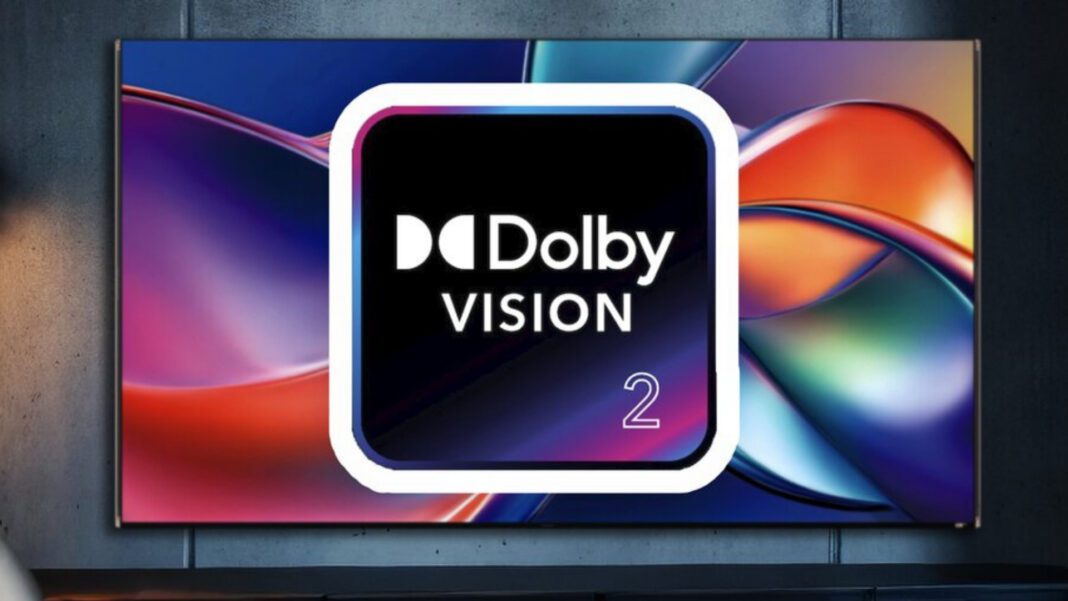Dolby Laboratories has officially launched Dolby Vision 2, the next generation of its premium HDR format designed to harness the full capabilities of modern high-performance televisions. The announcement came via press releases from Dolby and coverage at IFA 2025.
What Sets It Apart?
Dolby Vision 2 introduces several groundbreaking features under a new Dolby Image Engine and Content Intelligence suite, including:TV Tech
- Precision Black: Improves dark scene clarity without sacrificing the creator’s intent.
- Light Sense: Detects ambient lighting and optimizes image quality accordingly.
- Sports & Gaming Optimization: Adjusts settings like white point and motion control to enhance fast-paced content.
- Bi-Directional Tone Mapping: Harnesses the high brightness and color capabilities of modern TVs for vivid contrast and saturation while preserving artistic fidelity.
- Authentic Motion: The first-ever “creative-driven” motion control tool allowing per-scene cinematic motion without unwanted judder—ideal for preserving realism.
Two Tiers: Standard and Max
The new standard comes in two tiers:
- Dolby Vision 2: Delivers advanced HDR benefits to mainstream TVs.
- Dolby Vision 2 Max: Tailored for high-end displays—like OLEDs or RGB Mini-LEDs—with additional premium features.
Industry Rollout and Partnerships
- Hisense is the first TV manufacturer to adopt Dolby Vision 2, integrating it via the MediaTek Pentonic 800 chip with the MiraVision Pro PQ Engine.
- CANAL+ in France is the first media partner to pledge content support across movies, series, and live sports.
- Anticipated compatibility expansions are expected through 2026–2027 as more brands and platforms adopt the format.
Why It Matters
This marks Dolby Vision’s most significant evolution in over a decade, tapping AI and creative-driven enhancements to elevate how we experience visual media. Whether watching movies, sports, or gaming, Dolby Vision 2 promises richer detail, smarter adaptation, and more cinematic authenticity.



